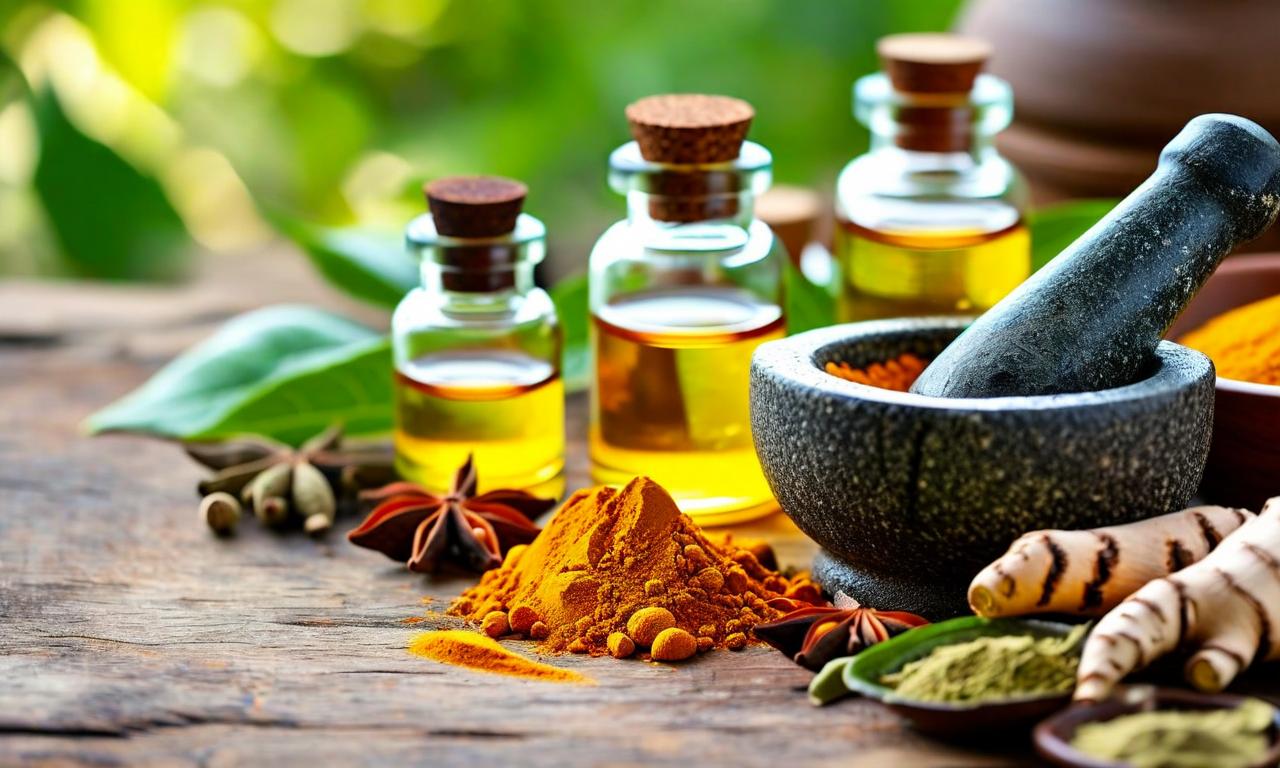Dabur India Unveils Ambitious Growth Strategy at 50th AGM
Dabur India presented its strategy for sustainable growth at its 50th Annual General Meeting. The company is focusing on innovation, premium products, and rural distribution expansion. Dabur has increased its distribution network to 8.4 million outlets across India, including 1.5 million rural stores. For the fiscal year, Dabur reported consolidated sales of Rs 12,563.00 crore and a profit after tax of Rs 1,768.00 crore. The company is emphasizing product innovation, with new product development contributing 2.30% to sales. Dabur has increased its advertising spend and is leveraging digital platforms. The company has also made progress in sustainability efforts, with 61.00% of its total energy consumption from renewable sources.

*this image is generated using AI for illustrative purposes only.
Dabur India Ltd , a leading player in the Ayurvedic healthcare and Fast-Moving Consumer Goods (FMCG) sector, has outlined its strategy for sustainable growth during its 50th Annual General Meeting (AGM). The company is focusing on innovation, premium products, and rural distribution to solidify its position in the market.
Expanding Reach and Market Presence
Dabur has significantly expanded its distribution network, reaching 8.4 million outlets across India, a growth of 0.5 million outlets from the previous year. This expansion includes 1.5 million rural stores, underlining the company's commitment to penetrating deeper into rural markets. The company's products now reach 80% of Indian households, showcasing its extensive market presence.
Financial Performance
For the fiscal year, Dabur reported consolidated sales of Rs 12,563.00 crore, with a profit after tax of Rs 1,768.00 crore. The company maintained a strong operating profit margin of 18.40% and a net profit margin of 14.00%. Notably, Dabur's international business grew by 17.20% in constant currency terms, contributing 26.00% to the overall sales.
Strategic Focus Areas
Innovation and Premiumization
Dabur is emphasizing product innovation, with new product development contributing 2.30% to sales. The company has introduced premium variants across various product categories, including Chyawanprash, honey, and personal care products.
Brand Building
The company has increased its advertising and promotion spend by 1.3 times over the last five years, reaching Rs 864.60 crore. Dabur is leveraging digital platforms, partnering with over 3,000 influencers and increasing digital spends to 45.00% of its media budget.
Operational Excellence
Dabur achieved cost savings of Rs 100.00 crore through various optimization initiatives and implemented 2,700 Kaizen projects for continuous improvement.
Sustainability
The company has made significant strides in its sustainability efforts, achieving 61.00% of its total energy consumption from renewable sources, reducing water usage by 30.00%, and maintaining plastic waste positivity.
Market Leadership
Dabur has strengthened its market position across various categories. The company holds the top position in juices and nectars, Chyawanprash, honey, and air fresheners in the domestic market. Internationally, Dabur leads in several personal care categories in key markets such as Saudi Arabia, Egypt, and the United Arab Emirates.
Future Outlook
Mohit Malhotra, CEO of Dabur India, presented the company's vision for the future, emphasizing the potential for growth in both domestic and international markets. The company aims to maintain its leadership in Ayurvedic healthcare while expanding its operations globally.
Dabur's focus on innovation, premium products, and rural expansion, coupled with its strong financial performance and sustainability initiatives, positions the company well for continued growth in the competitive FMCG sector. As Dabur celebrates its 50th year, it looks set to build on its rich heritage while adapting to changing consumer preferences and market dynamics.
Historical Stock Returns for Dabur India
| 1 Day | 5 Days | 1 Month | 6 Months | 1 Year | 5 Years |
|---|---|---|---|---|---|
| -0.34% | +0.34% | +2.78% | +6.75% | -1.63% | +2.25% |

















































